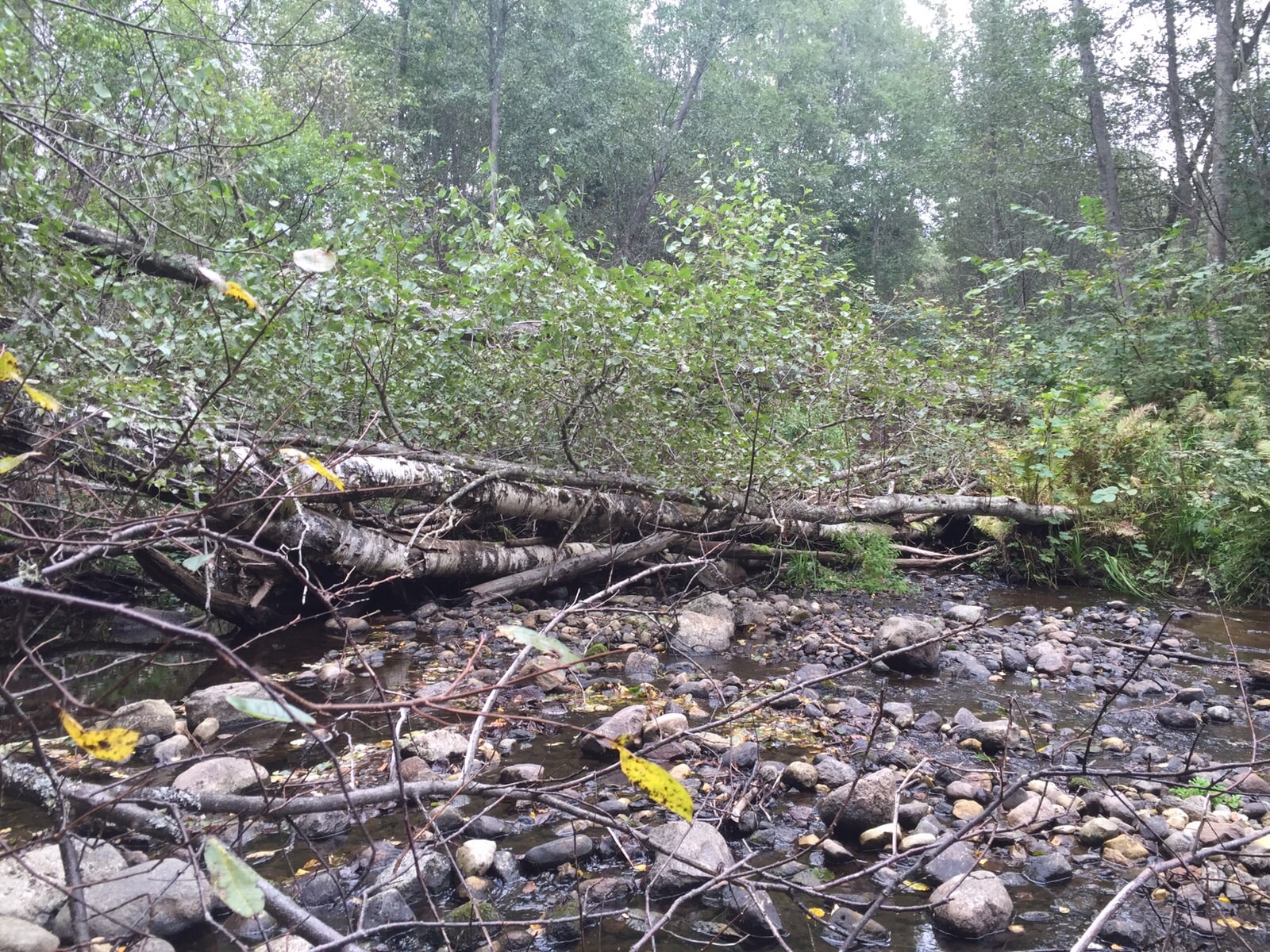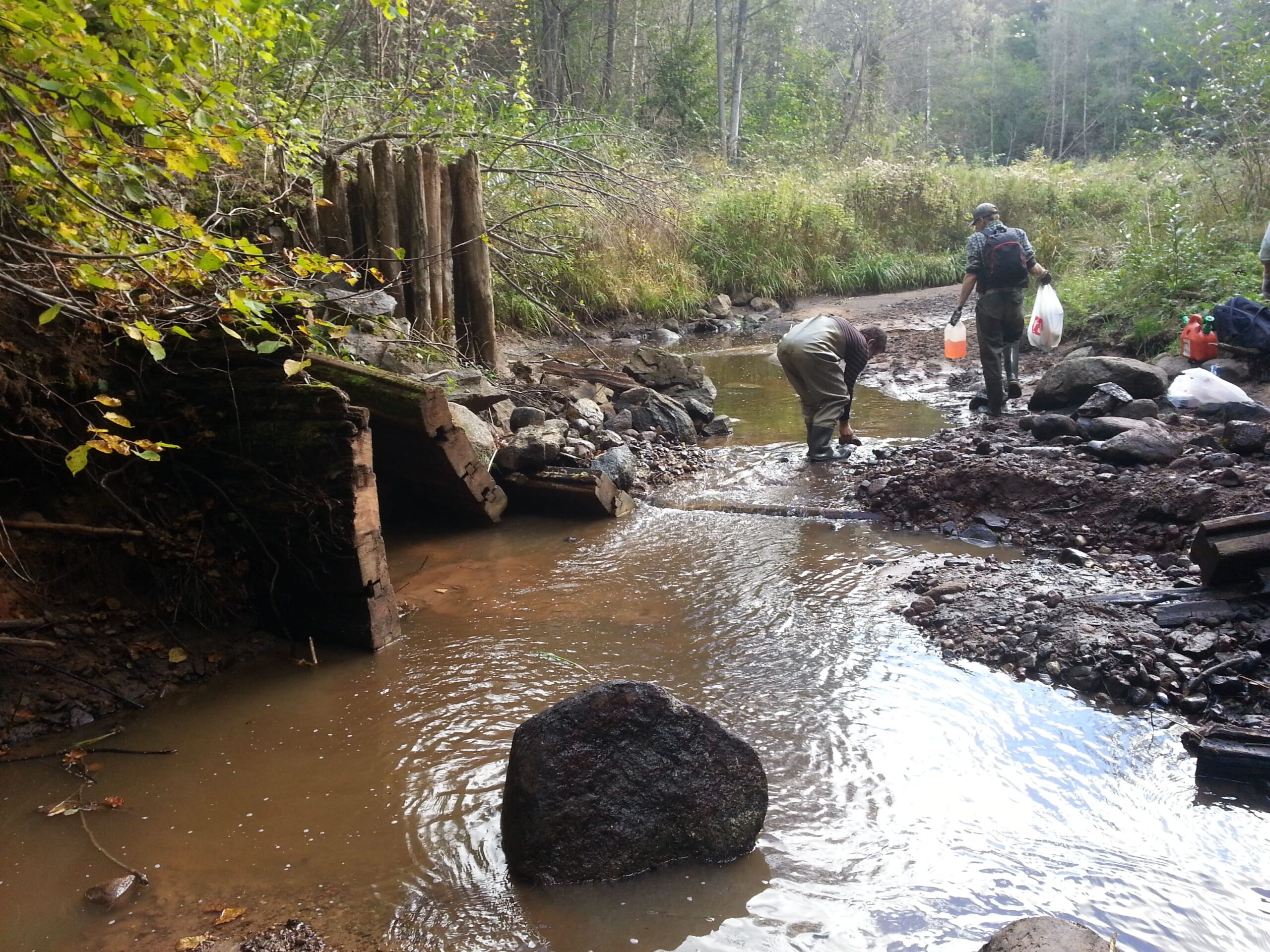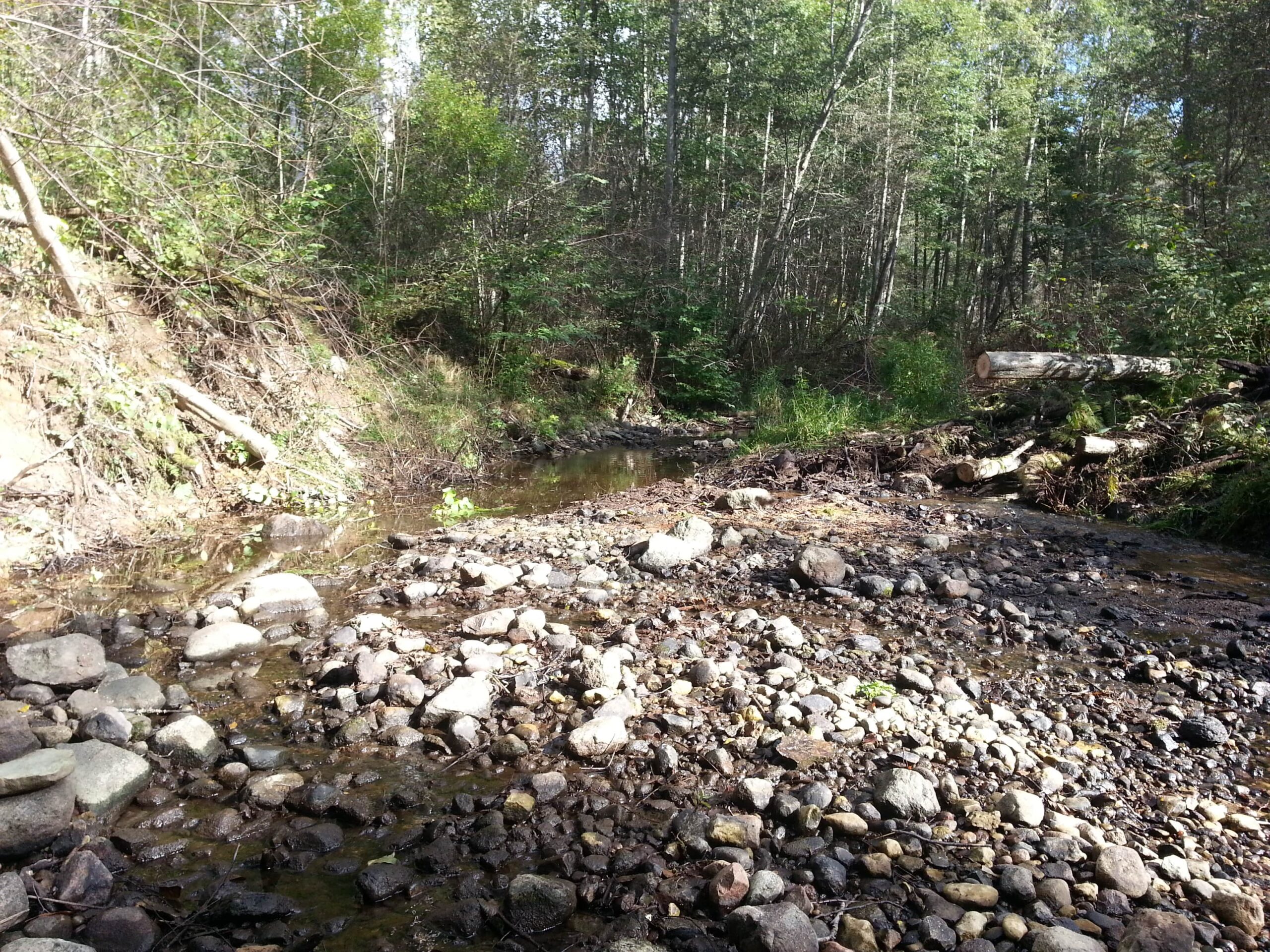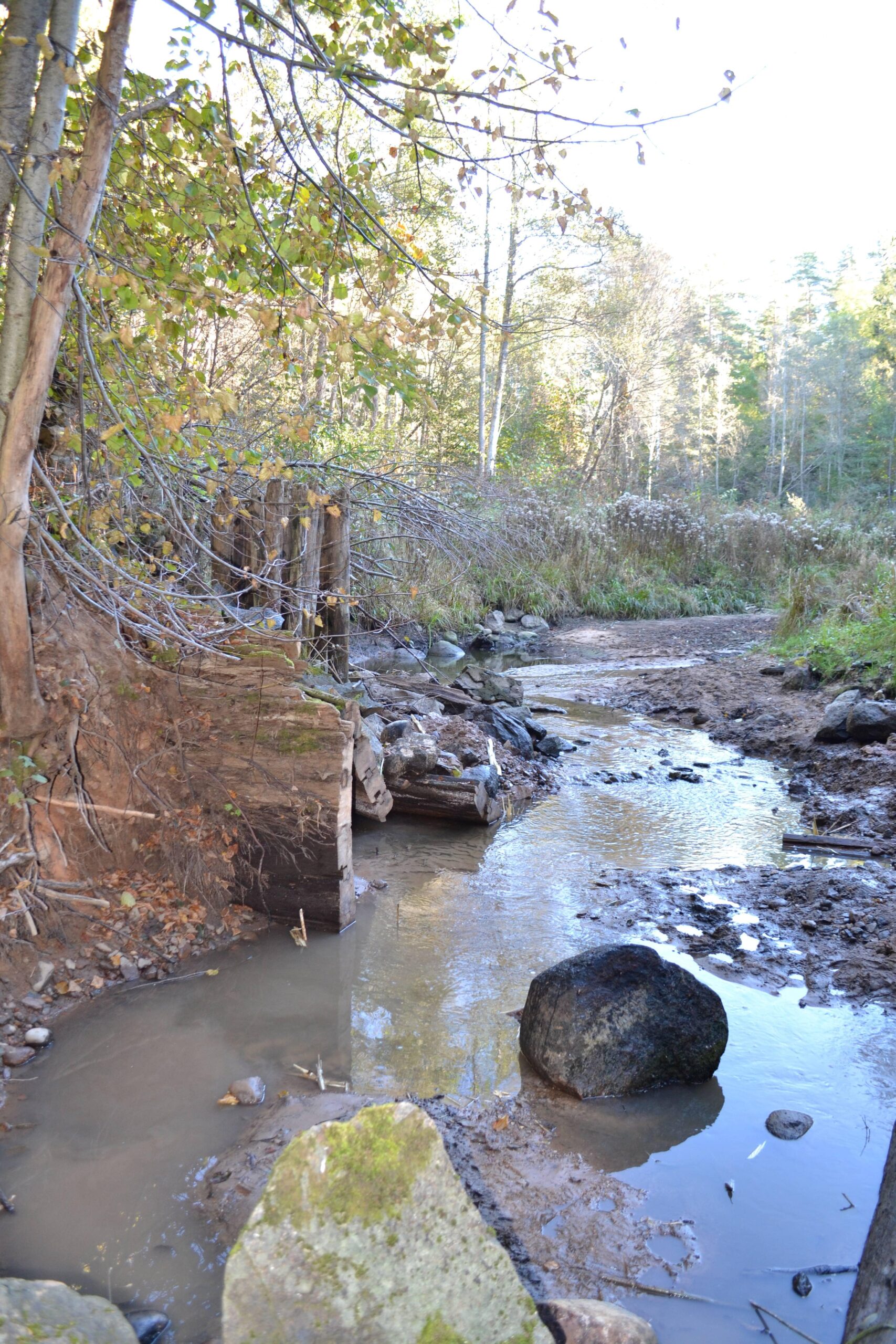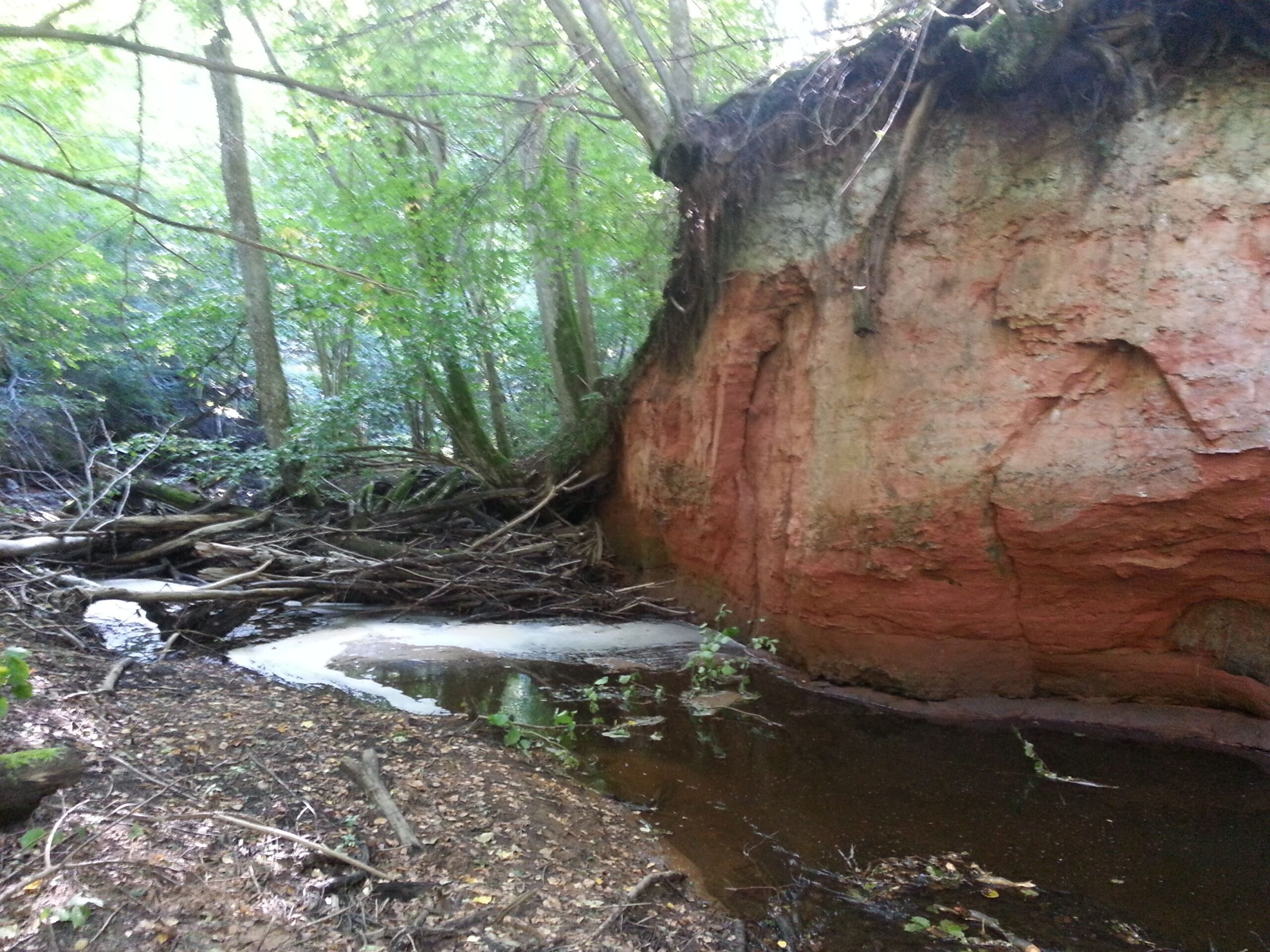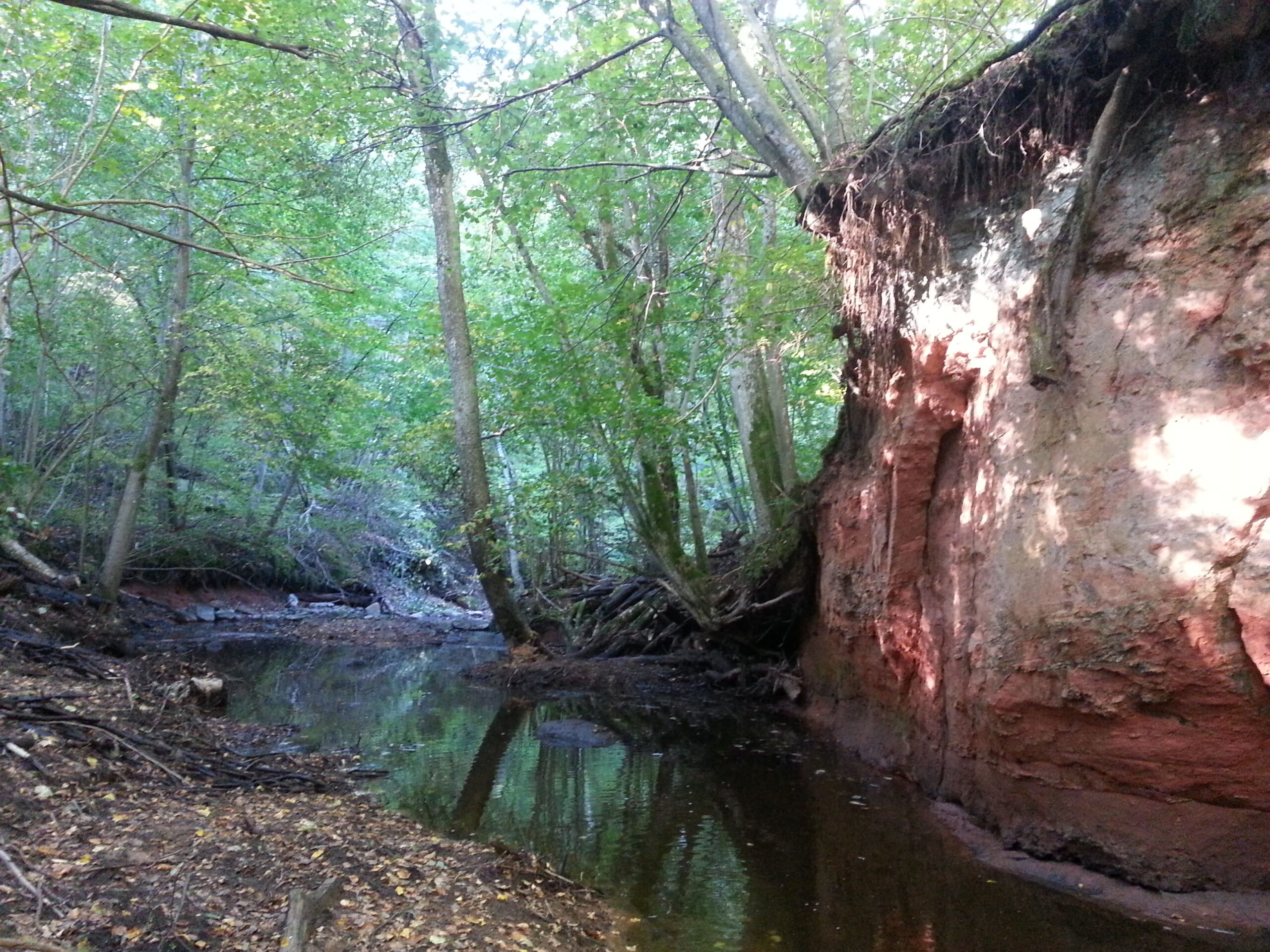First dam removal in Latvia in one of the most productive salmonid rivers in the Baltic Sea region
The River Norina
River Norina runs through the Salaca Valley Nature Park in north-central Latvia (Figure 1), is ~11 km long, and is a left-bank tributary of River Salaca that flows into the Gulf of Riga. The Salaca Valley Nature Park has been established to preserve the habitat types of protected species, several of which are included in the EU Habitats Directive, and the landscape diversity of the valley.
